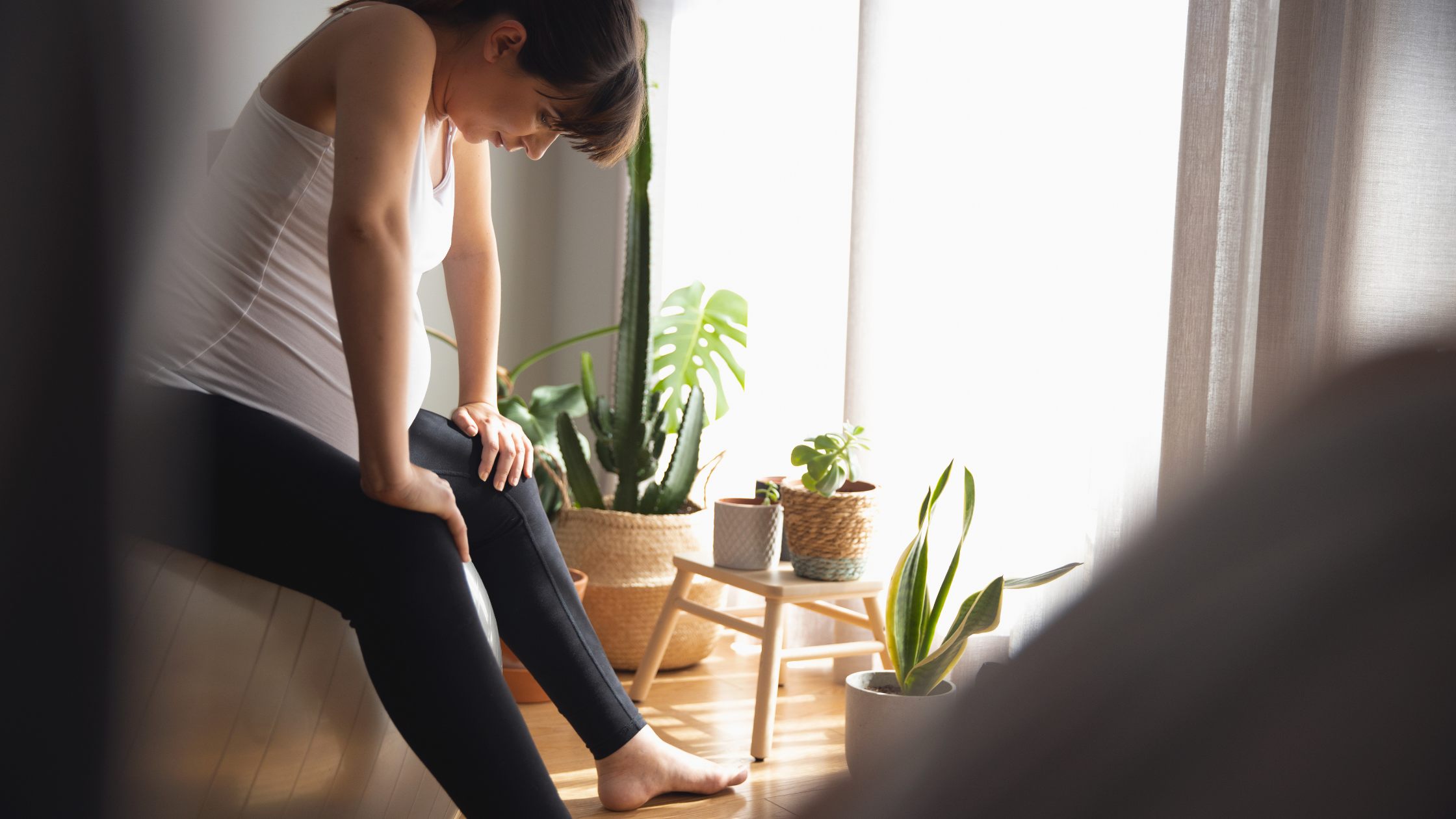Am I in labour?
This might be the number one question I get asked - or How will I know I’m in labour?
The truth is you will likely know when “something’s up” and if you’re not sure but you’re coping well try doing things that distract you, bring you joy, make you feel great and rest as much as you can. Don’t forget to eat and hydrate well. If nothing progresses then you’ve taken care of yourself and if things do progress then you’re rested and nourished for the work ahead!
The amazing thing about our bodies is that we often do a lot of labour preparation without much discomfort or disruption. Change can be happening for weeks before the onset of active labour. I like to think of this as a nice way to bring the finish line closer without having to run the whole way there!
Here are some signs of labour that can happen long before active labour begins:
Upset Stomach, Cramping, Back Ache. This may also show up as vomiting and/or diarrhea.
Bloody show/ loss of mucous plug. This is usually light pink, mucousy discharge. It can happen days or weeks before labour actually starts. It can regenerate and you may lose it more than once or it may happen during active labour and you may never notice it.
Nesting. A sudden burst of energy, with an urge to get things prepared for baby. This may also feel like an axiousness or unsettled feeling.
Waters releasing/ leaking. This may be a gush or a trickle. This is rarely the first sign of labour (this is not the movies!) and contractions may not begin right away.
Waves, Surges, Contractions. A feeling of pulling or tightening in your uterus, that begins to form a rhythmic pattern. In true labour, they become longer, stronger and closer together. They will not change in their pattern when you change position or take a bath (although this will ease some discomfort). Contractions and cervical changes are one of the surest ways to know that you're in labour.
Of course, having a doula that you can call and reassure you every step of the way is a huge bonus 😉
Find out more about birth support here!
How to time waves, surges, contractions.
When should I go to the Hospital/ Birth Centre or call my midwife?
Use the (4) 5-1-1 (2) Rule to see if you should call your care provider and/or go to your preferred place to birth.
Waves, surges, contractions should be 4-5 minutes apart, with a length of 1 minute, and lasting in this pattern for 1 to 2 hours. (for a first labour! Things may progress faster if you have given birth before)
If you have any concerns at all, call your care provider and/or doula for support and advice.
Tips for Early Labour
It's normal for early labour to last for a while. Here are some suggestions to help support you through this time.
Text your doula!
Get some rest, sleep if you can.
Take a bath or a shower & relax.
Distract yourself with things you love to do - go for a walk, have conversations, watch t.v. or a movie. Feed your soul!
Enjoy some comfort food, have a cup of tea.
Laugh and enjoy the company of your partner, friends or family.
Do some light bodywork like cat/ cow, leaning squats and lunges or move on a stability ball.
If you're feeling waves, surges, contractions all in your back/ tailbone, or contractions are close together but short/ extra long - you may be experiencing back labour which progresses slower and is less comfortable! Try using the Miles Circuit, walking up the stairs sideways or use Rebozo techniques for comfort and to get the length of contractions closer to a minute long.
Download this handy pdf with these reminders and tips! AM I IN LABOUR?


